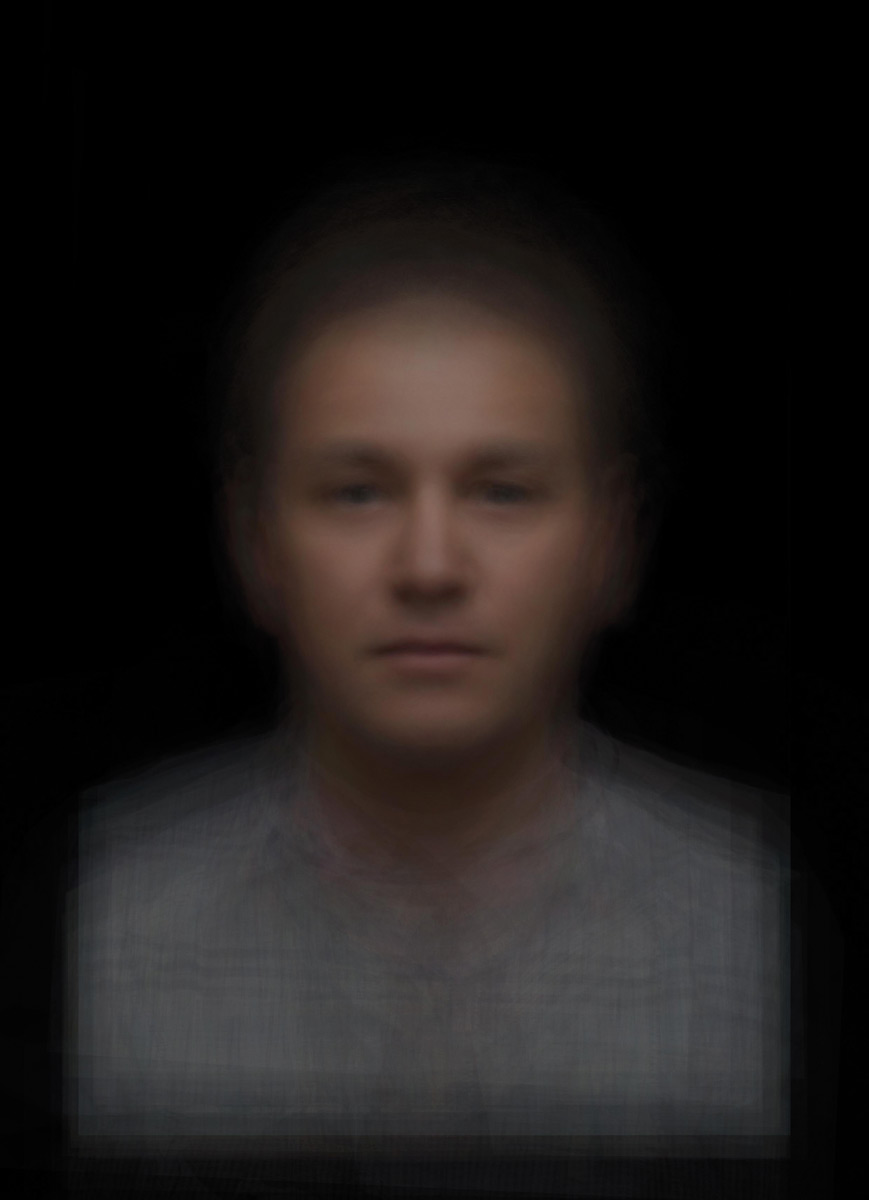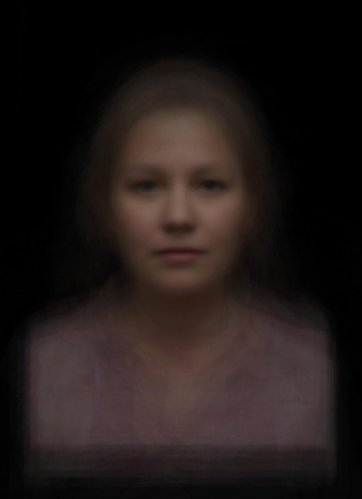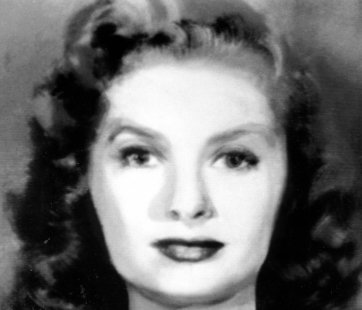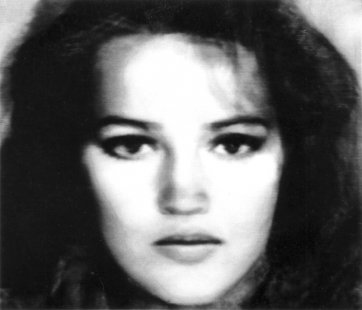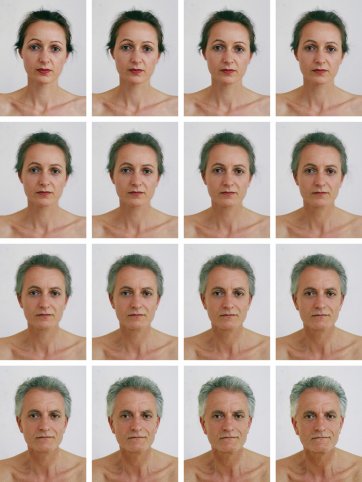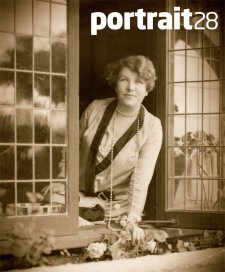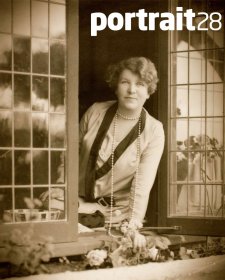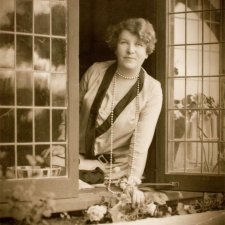The introduction of a new baby to friends and family is inevitably the occasion to make comparisons and establish a provenance.
‘He looks like Uncle Fred.’ ‘She’s got her mother’s nose.’ Comments like these show how people try to integrate a child into family and society, but also demonstrate how we see each other as an amalgam of recognisable features. Our faces are built of parts that the eye sees as an integrated whole but also understands as a composite of familiar features that occur and reoccur in the faces around us.
There is another game, one that plays on the fascination we have for beauty and the way that certain attributes are perceived as more attractive than others. In 2005 the Age reported that British women asked to create the perfect female face, chose Catherine Zeta Jones’s eyes, Kylie’s nose, Julia Roberts’s mouth, Jennifer Aniston’s hair and Angelina Jolie’s face. This notion of creating an ideal beauty is as old as the ancient Greek sculptors who gave form to their ideals by taking inspiration from several models. Devine beauty was a composite of the most beautiful features found in humanity.
American photographer Nancy Burson investigated the nature of beauty in her pioneering series of composite portraits in 1982. Her first composite portrait combined the faces of Bette Davis, Audrey Hepburn, Grace Kelley, Sophia Loren and Marilyn Munroe while the second uses Jane Fonda, Jacqueline Bisset, Diane Keaton, Brook Shields and Meryl Streep. Burson’s collection of beauteous faces combine to produce the face of beauty but not an unchanging beauty. Each composite is identified with a generation – Burson contrasts the epitomes of feminine ideals from the fifties with faces considered the belles of the seventies. It is clear that a particular type of beauty can be identified with different times. Classic beauty can give way to gamine and aquiline features might be favoured over a pert nose, or full lips to bee stung. There is no consensus on complexion or eye colour. Different societies have different ideals of facial beauty, though cross-cultural research has found a variety of commonalities in people’s perception of beauty. Large eyes and a clear complexion, for example, are considered beautiful in both men and women in all cultures. In the global melting pot of the contemporary world changes are about to happen as local taste gives way to an international mix.
Interestingly, a strong indicator of physical beauty is ‘averageness’, or ‘koinophilia’. Just like the Three Bear’s porridge, noses should be not too long, not too short but ‘just right’. The average face is not necessarily bland: when images of human faces are averaged together to form a composite image, they become progressively closer to the ideal and are perceived as more attractive. Victorian polymath Sir Francis Galton, inventor of fingerprint identification, pioneer of statistical correlation and regression, eugenicist, tropical explorer and half-cousin of Charles Darwin, first discovered this in 1883 when he began overlaying images of vegetarians and then criminals to determine if there was typical face for each group. While he didn’t find a correlation between face and type, he did notice that the composite face created in the process was more attractive than any of the original faces. Galton’s observation was endorsed later by researchers who found that the computer generated mathematically averaged faces were selected by focus groups as more attractive than the individual images.
Australian photographers Karen Donnelly, Raimond de Weerdt and Tony Nott created a series of remarkable composite faces in their Facing Australia Project. The group began the project in Albury, New South Wales in 2002. The photographers used current Australian Bureau of Statistics census data to create composite male and female portraits. First they mined the census data to determine the proportionate age and ethnic profile of the city’s populace and then photographed individuals that fit the community profile. The resultant images were then overlayed and smoothed out in the computer to create a composite male and female portrait that matched the census data. They have extended this project to several places in Australia, creating composite portraits of various parts of Sydney such as the face of Redfern and the face of Haymarket, Brisbane (including Facing St Lucia), Bathurst as well as the face of the Barossa Valley even the face of the Melbourne Football Club. There are subtle differences between each group – the Haymarket face, for example, reflects the local Chinese community – but overall the faces present a benevolent and beautiful Australian people.
Noted German photographer Thomas Ruff takes another approach altogether. Ruff created a series of screen printed portraits, Anderes Porträts 1992–95, by using police identikit image fabrication technology to create composites which he exhibited at the 1995 Venice Biennale. The composite portraits were prompted by the criticism of Ruff’s earlier massive, passportlike portrait faces as anti-individualistic and anonymous. ‘I wanted to prove that the people depicted in my portraits are unique’ he said. Ruff superimposed two of his earlier portraits one on top of the another and photographed the result. He suggested that it was important to create the composites in an old fashioned analog way: ‘There has been such a lot of manipulation since the early days of photography; it didn’t start with Photoshop. Just look at all those images with Stalin – who is still there and who has disappeared. [An Anderes Porträt is] a new face, believable, but if you see the manipulation, you realise it’s an artificial face’.
Artist couple Fredericke van Lawick and Hans Muller are themselves a composite. The two Germans work together using a laminated nom de plume, Lawick/Muller. La Folie à Deux 1992-96 is a study of artist couples like themselves. The photographs at the beginning and the end of the suite of a dozen photographs depict each of the subjects, but the photographs in between are fictions. Lawick/Müller have morphed each image into the next so that female artist eventually becomes male and vice versa. The central image is totally androgynous; beautiful by virtue of its blend of gender and facial features. The work teasingly predicts the idea of genetic mix that the pair might produce either as a work of art or as offspring and makes a humorous comment on how couples grow to look like each other.
Like Dr Frankenstein’s creature, a composite portrait is an amalgam of disparate parts and it combines distinct sensitivities yet a composite differs in customarily fulfilling the aesthetic ideals intended by its creator.
